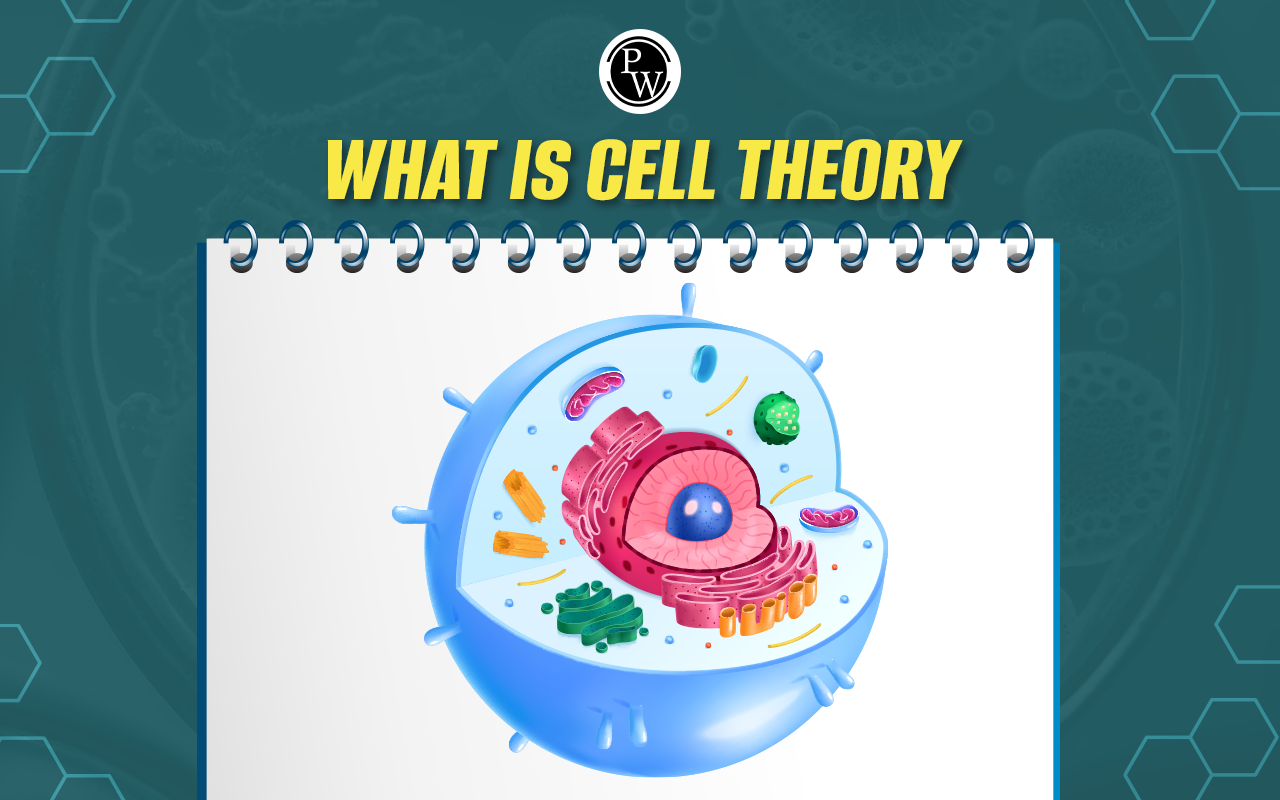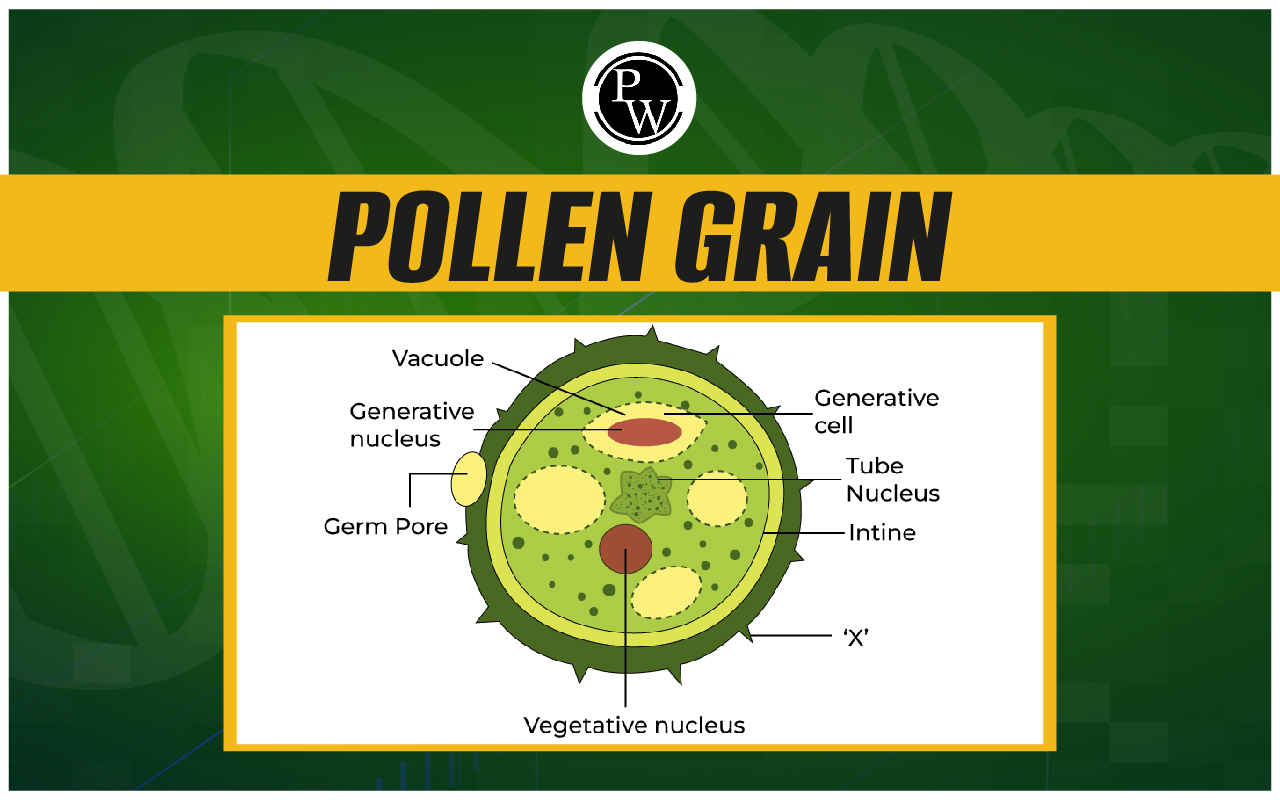
Difference Between Mixture and Solution
Having a clear grasp of the difference between a mixture and a solution is crucial to mastering chemistry, especially for NEET candidates. A mixture is any blend of two or more substances that preserve their distinct chemical characteristics even when separated physically. Mixtures are categorized as either homogeneous or heterogeneous, with the former denoting a uniform composition throughout and the latter indicating a non-uniform composition. On the other hand, a solution is a type of homogeneous mixture composed of two parts- solute and solvent. The solute dissolves in the solvent, resulting in a uniform composition. Unlike mixtures, components of a solution cannot be easily separated through physical means. Grasping these differences is crucial for mastering various concepts in chemistry and excelling in competitive exams like NEET.Difference Between Mixture and Solution Overview
The topic difference between a mixture and a solution is crucial for NEET aspirants, as it lays the foundation for many chemistry concepts. This topic is essential for grasping reactions, properties of matter, and solution preparation. Below, a table thoroughly outlines the differences between mixtures and solutions, serving as a comprehensive guide for students in their exam preparation.| Difference Between Mixture and Solution | ||
| Parameter | Mixture | Solution |
| Definition | a mixture is a physical combination of two or more substances without the presence of chemical bond. | A homogenous mixture where one substance (solute) is uniformly distributed in another (solvent). |
| Composition | Composition is variable; elements may exist in any ratio. | Fixed composition; has a specific ratio of solute to solvent. |
| Homogeneity | Can be homogeneous or heterogeneous, depending on the distribution of components. | Homogeneous; all parts of the solution are the same throughout. |
| Separation Methods | Components can be separated through physical methods like filtration or distillation. | Separated through processes like evaporation or distillation, but not easily separated into individual components. |
| Particle Size | Particles can be of varying sizes; visible under a microscope. | Particles are usually at the molecular or ionic level, not visible under a microscope. |
| Example | Sand and water mixture, air, trail mix. | Saltwater, sugar dissolved in water, air (mostly nitrogen and oxygen). |
| Tyndall Effect | May or may not exhibit the Tyndall effect (scatter light). | Does not exhibit the Tyndall effect; light passes through without scattering. |
| Chemical Bonding | No chemical bonding between components. | No new chemical bonds are formed; only intermolecular forces are involved. |
| Stability | Components retain their individual properties. | Solute and solvent properties are often modified. |
| Examples of Solvent and Solute | No distinct solute or solvent; components are simply mixed. | Clearly defined solute (present in a lesser amount) and solvent (present in a greater amount). |
What is Mixture?
A mixture is a material made up of two or more distinct substances that have not been mixed chemically. They maintain their individual properties and can be physically separated. The composition of mixtures can be either homogeneous (uniform) or heterogeneous (non-uniform).Examples of Mixture
Homogeneous : Saltwater, where the composition is uniform throughout.
Heterogeneous : A salad, where different ingredients are visibly distinguishable. 
What is a Solution?
A solution is a special type of homogeneous mixture composed of two components: the solute, which is the substance that is dissolved, and the solvent, which is the substance that dissolves the solute. Solutions have uniform molecular composition.Examples of Solution
Gaseous Solutions : Air, where oxygen and other gases are dissolved in nitrogen.Liquid Solutions : Vinegar, which is acetic acid dissolved in water.
Solid Solutions : Alloys like brass, where zinc is dissolved in copper.
PW NEET online coaching , where learning surpasses the limits. Our platform provides interactive, expert-led sessions to fulfill all your needs. We provide comprehensive study materials and innovative teaching techniques to guide you through every concept, including complicated examples of solutions, ensuring a deeper understanding and your success in the NEET examination.
Difference Between Mixture and Solution FAQs
How does a mixture differ from a solution?
A mixture is a combination of two or more substances that are physically combined but not chemically bonded. A solution is a specific type of homogeneous mixture where one substance (solute) is uniformly distributed in another (solvent). Solutions have a fixed composition, while mixtures can have variable compositions.
What is an example of a solution and a mixture?
An example of a solution is salt dissolved in water, where salt is the solute and water is the solvent. An example of a mixture is a trail mix containing nuts, raisins, and chocolate, where the components are physically combined but retain their individual properties.
Is Air A mixture or a solution?
Air is a mixture. It consists of various gases, primarily nitrogen, oxygen, argon, carbon dioxide, and trace amounts of other gases. These gases are physically combined in the atmosphere, forming a mixture with variable composition
What is the difference between a mechanical mixture and a solution?
The key difference is inhomogeneity. A mechanical mixture, also known as a heterogeneous mixture, has visibly different components and may exhibit layers or phases. In contrast, a solution is homogeneous, with a uniform distribution of particles throughout. If you can see distinct parts, it's likely a mechanical mixture; if it appears uniform, it might be a solution
What are 3 examples of solutions?
Saltwater: Salt (solute) dissolved in water (solvent).
Sugar Water: Sugar (solute) dissolved in water (solvent).
Lemonade: Sugar and lemon juice (solutes) dissolved in water (solvent).
🔥 Trending Blogs
Talk to a counsellorHave doubts? Our support team will be happy to assist you!

Check out these Related Articles
Free Learning Resources
PW Books
Notes (Class 10-12)
PW Study Materials
Notes (Class 6-9)
Ncert Solutions
Govt Exams
Class 6th to 12th Online Courses
Govt Job Exams Courses
UPSC Coaching
Defence Exam Coaching
Gate Exam Coaching
Other Exams
Know about Physics Wallah
Physics Wallah is an Indian edtech platform that provides accessible & comprehensive learning experiences to students from Class 6th to postgraduate level. We also provide extensive NCERT solutions, sample paper, NEET, JEE Mains, BITSAT previous year papers & more such resources to students. Physics Wallah also caters to over 3.5 million registered students and over 78 lakh+ Youtube subscribers with 4.8 rating on its app.
We Stand Out because
We provide students with intensive courses with India’s qualified & experienced faculties & mentors. PW strives to make the learning experience comprehensive and accessible for students of all sections of society. We believe in empowering every single student who couldn't dream of a good career in engineering and medical field earlier.
Our Key Focus Areas
Physics Wallah's main focus is to make the learning experience as economical as possible for all students. With our affordable courses like Lakshya, Udaan and Arjuna and many others, we have been able to provide a platform for lakhs of aspirants. From providing Chemistry, Maths, Physics formula to giving e-books of eminent authors like RD Sharma, RS Aggarwal and Lakhmir Singh, PW focuses on every single student's need for preparation.
What Makes Us Different
Physics Wallah strives to develop a comprehensive pedagogical structure for students, where they get a state-of-the-art learning experience with study material and resources. Apart from catering students preparing for JEE Mains and NEET, PW also provides study material for each state board like Uttar Pradesh, Bihar, and others
Copyright © 2025 Physicswallah Limited All rights reserved.
Get App









